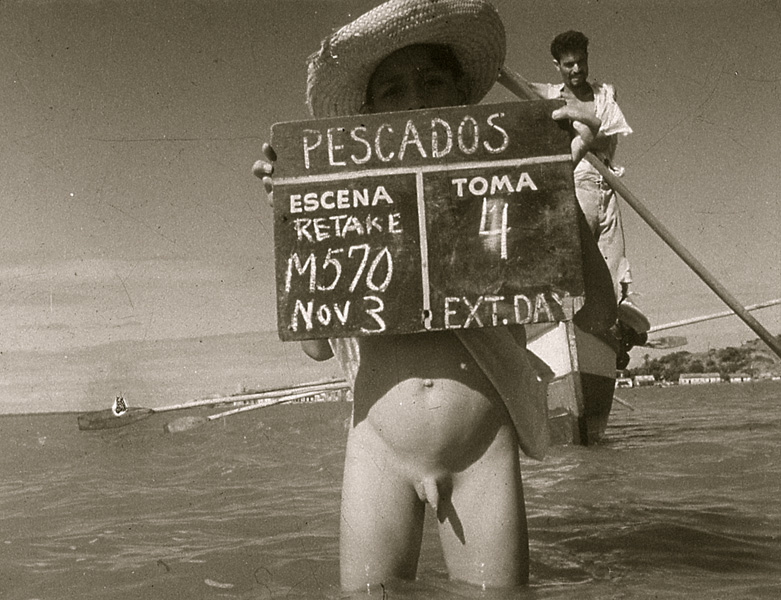| This Redes film overview demonstrates that the film, though dating back to 1934, still has life and energy today. The film is occasionally showcased at small theaters scattered around the United States and Mexico. The film stills find their way into magazine and book publications on a regular basis. The musical score appears in concerts. Well known and well respected professionals have written and commented on the images Ned Scott captured during filming, giving them their highest praise. And yet today controversy surrounds the image files due to deliberate misrepresentation of their right and proper provenance. A recent example of this occurred at a photography auction in Dallas, Texas in November, 2008, when a 1981 portfolio of prints of 32 selected REDES images appeared for sale. Gross errors were made in the lot description of the prints for sale. Paul Strand was said to have printed several of his images in platinum in the portfolio. The other prints were attributed to Ned Scott even though Ned died in 1964. Working with the director of the photography department, Loraine Davis, corrections were made to the description of the prints for sale to eliminate any false attributions. This section attempts to discuss the Redes story from its beginning to the present day with the primary object being to herald the breakout nature of this Mexican film and to expose all fraudulent use of Ned Scott’s imagery from that film.
Since this was written, several private collectors and galleries have contacted the archive about this portfolio of prints. Since the archive purchased one of these portfolios from the von Fritsch estate, I was able to match point by point the images with those in the portfolios which are owned by others. In each case, the callers were satisfied with my detailed answers to their questions about the portfolio images. In one case, the caller was absolutely amazed that I could go right to the original Ned Scott negative in my possession which Chavez printed for the portfolio but assigned as a “Paul Strand” platinum. Unfortunately, numerous other egregious violations were perpetrated by Chavez. The attribution of these fraudulent prints to Paul Strand is particularly galling. Two such prints were purchased by Manuel Alvarez Bravo as Strand platinums in the early 1980’s during an auction. Chavez did not worry about cheating his own Mexican compadres, he was an equal opportunity con-man. Bravo paid a high price for these “Paul Strand Platinums”.
What this film eventually evolved into is equally important, especially for the nation and culture of Mexico. This film was one of the first of its kind in the 1930’s to give voice to the social ideals of the Mexican Revolution of 1910-17. A very fine piece of literary and artistic treatment of this subject may be found in Chapter four of James Krippner’s book “Paul Strand in Mexico 1932-34” Aperture Foundation 2010.
|

